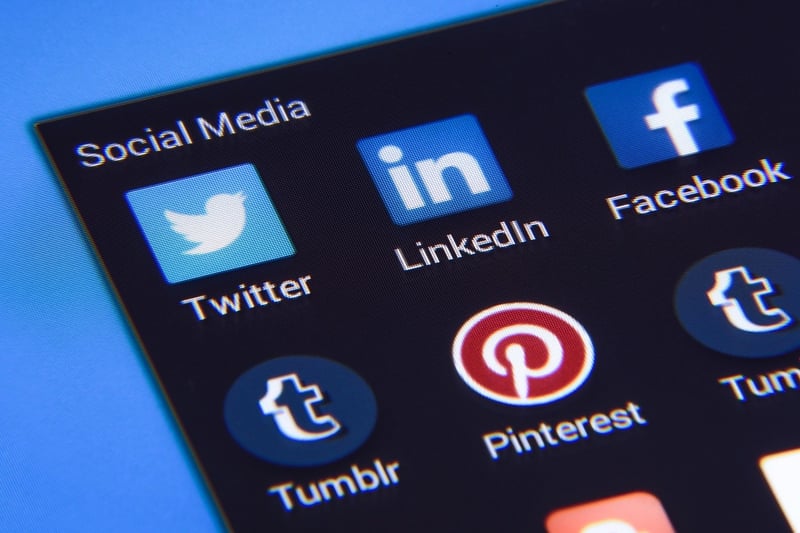Subtle Cues
The Power of Subtle Messages and Cues
In a world where information overload is the norm, sometimes the most effective way to communicate is through subtlety. Subtle messages and cues have a unique power to convey meaning without being overt or overwhelming. Whether in marketing, design, or interpersonal communication, understanding the art of subtlety can set you apart and make a lasting impact.
The Art of Subtlety
Subtlety is about finesse, nuance, and restraint. It's the art of saying more with less, of conveying ideas or emotions in a way that is understated yet powerful. Subtle messages and cues require the audience to engage actively, to pay attention, and to read between the lines.
Subtle Messages in Marketing
Marketing is an arena where subtlety can be a game-changer. Think of a minimalist ad with a simple logo or a tagline that sparks curiosity. These subtle messages can create intrigue, leaving a lasting impression on consumers long after they've seen the ad.

Subtle Cues in Design
Designers often use subtle cues to guide users' interactions with products or websites. A slight change in color, a subtle animation, or a hidden button can all lead users to take a specific action without explicitly telling them what to do. These subtle cues enhance user experience and make interactions more intuitive.

Subtlety in Interpersonal Communication
In personal interactions, subtle messages can convey emotions, intentions, or meanings that words alone may not capture. A gentle touch, a fleeting glance, or a subtle change in tone can speak volumes without the need for explicit verbal communication.
Embracing Subtlety
Whether you're a marketer, a designer, a communicator, or simply someone navigating social interactions, understanding the power of subtle messages and cues can elevate your craft. Embrace the art of subtlety, and let your messages speak volumes with finesse and sophistication.
Remember, sometimes it's the whispers that resonate the loudest.
